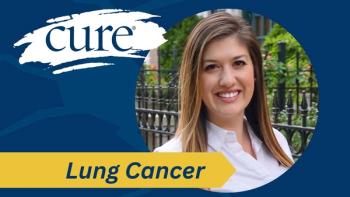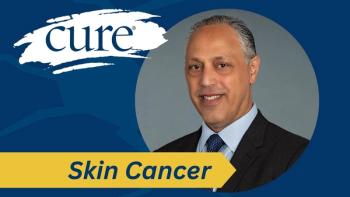
New Drugs Offer Hope, Or Do They?
Be careful about believing that new drugs could be the "silver bullet" to cure cancer.
Every day I follow the news of the new drugs in the pipeline and those going through the three phases of clinical trials. I read headlines like this:
“A Phase 1 study of 11 patients with xxx Cancer Showed an Unexpected Significant Survival Increase”
Or:
“Researchers Optimistic about New xxxx Drug Now in Development”
In the media, these are sometimes edited as “Study Showed Significant Survival Increase.”
As we all know, not all writers do a good job of translating studies into lay language, so their reports can be confusing or, worse, misleadingly optimistic. This problem can be compounded by the hopefulness of researchers who want to believe they’ve found the silver bullet.
For me, this is after 30 years of watching new wonder drugs come and go and new approaches come and go. I know now that there won’t be one silver bullet, but rather a hail of fire that takes out the cancer from multiple directions, some hitting more sensitive parts and others just grazing the surface.
It actually isn’t a bad analogy. You shoot something, and, unless you hit a vital organ, it will take more than one shot to bring it down. Also, it will depend on the power of the ammunition. A .22 isn’t going to do as much damage as a .44, but a sawed off shotgun is bound to hit something important.
I bring you this analogy because, as I follow the news of new drugs, I have learned to read every headline with an understanding of the complexity of a clinical trial. I know that terms such as “significant” have different meanings in common jargon and in the scientific and medical community, and that getting “great results” in phase 1 may just mean that no one has died. But there was a time, as new drugs began hitting the shelves, that many of us thought we would have a cure in our lifetime.
When I was diagnosed with breast cancer 30 years ago, it was relatively cut and dry. You either had breast cancer or you didn’t, and everyone got the same drugs.
And you either responded to them or you didn’t . . .
I can remember the first time there was a new drug that was going to be the answer to breast cancer. It was something new that worked a different way and it was going to save us.
Well, it did save some of us, but as we have learned over and over, the human body is complicated and what works for one woman may not work for another.
We watched new clinical trials look at new ways to treat cancer. Full body chemotherapy may not be the answer we learned and we watched as researchers were able to divide women into those who would respond and those who wouldn’t. They learned more about what worked and what didn’t. They also identified new genes that helped identify what might work.
In all of this research, I think there were more than one or two moments when we learned it was harder than we thought. Some breast cancers were identified as being triple negative, which meant there were fewer tools to fight the cancer because there was no estrogen, progesterone receptors or a new gene to target. The ones that were estrogen-receptor (ER) positive gave doctors one set of drugs and those whose tumor had the identified gene could be treated with a new drug designed just for them. It was supposed to be the drug that saved many more patients, but side effects emerged and more research showed that when the drug was combined with other drugs in a cocktail, women lived longer but . . .
Sigh . . .
Then researchers began finding ways to use the body’s own immune system to fight cancer.
And then another drug came out that was going to save us, but again it only worked for 10 percent of women.
There is no doubt more women are surviving with the new drugs and new approaches to treatment, but we aren’t where everyone said we would be by now.
I will leave you with this. When you read headlines about new drugs, look up the study yourself and learn to read it.
And celebrate the small advancements, someday they will find the silver bullets.




